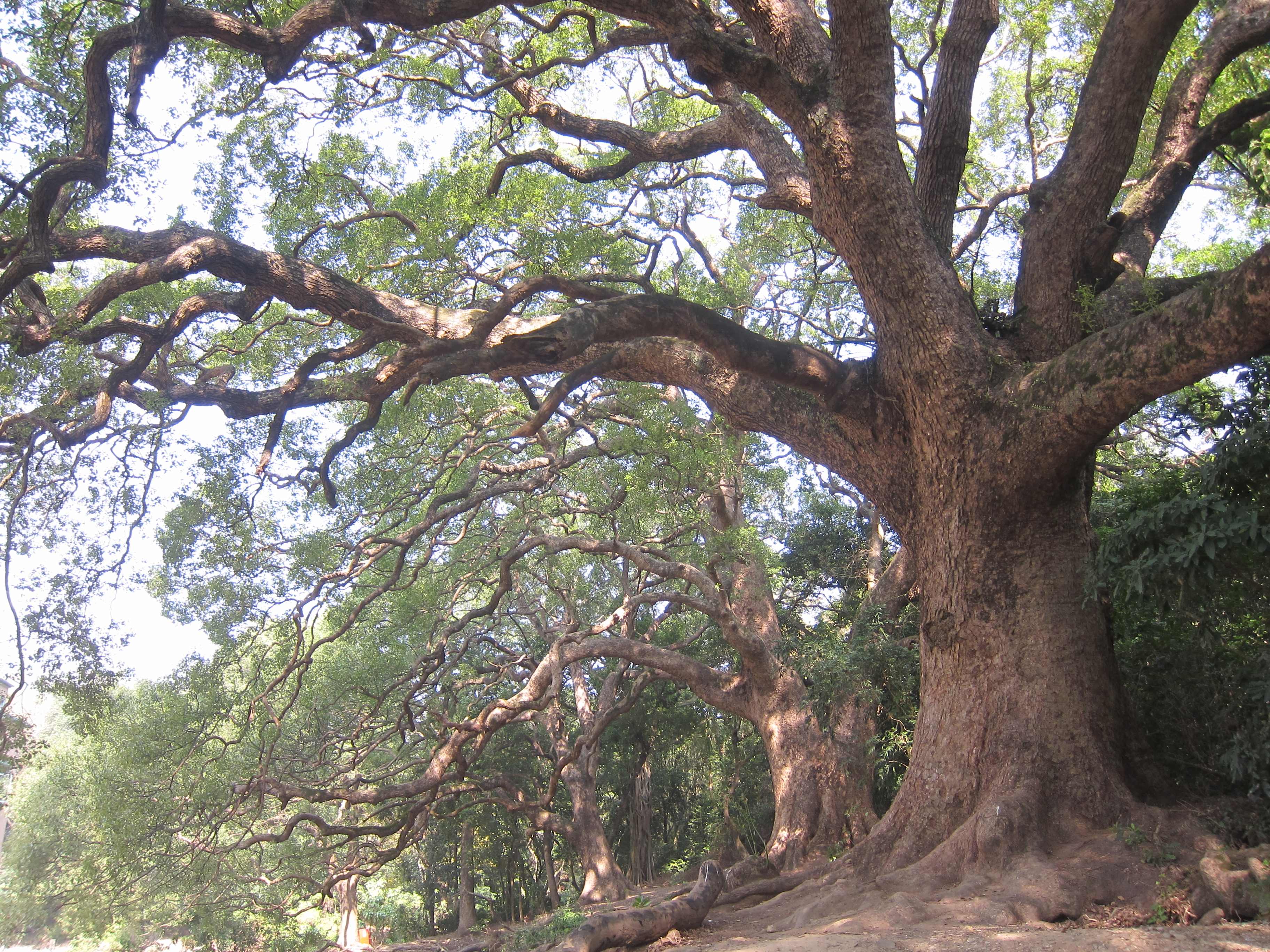|
Camphora (plant)
''Camphora'' is a genus of evergreen plants belonging to the laurel family Lauraceae, previously considered a synonym of ''Cinnamomum''. The genus contains approximately 20 species, distributed in tropical and subtropical regions of Asia. Text was copied from this source, which is available under Creative Commons Attribution 4.0 International License Description The species of ''Camphora'' are evergreen trees or shrubs. Their leaves are alternate and pinnately veined or weakly tripliveined, which differed from the opposite or subopposite and tripliveined leaves of ''Cinnamomum'' species. The tepals do not persist when fruiting, unlike in ''Cinnamomum'' species, where they are persistent or at least partially persistent. The flowers are produced in paniculate inflorescences with cymes bearing strictly opposite lateral flowers. The flowers are bisexual, with nine fertile stamens, plus three staminodes with conspicuous cordate or sagittate heads in the fourth androecial whorl ... [...More Info...] [...Related Items...] OR: [Wikipedia] [Google] [Baidu] |
Camphora Officinarum
''Camphora officinarum'' is a species of evergreen tree indigenous to warm temperate to subtropical regions of East Asia, including countries such as China, Taiwan, Vietnam, Korea, and Japan. It is known by various names, most notably the camphor tree, camphorwood or camphor laurel. Description ''Camphora officinarum'' grows up to tall. In Japan, where the tree is called ''kusunoki'', five camphor trees are known with a trunk circumference above , with the largest individual, , reaching . The leaves have a glossy, waxy appearance and smell of camphor when crushed. In spring, it produces bright green foliage with masses of very small white fragrant flowers from which its common namesake "smells good tree" in Chinese was given. It produces clusters of black, berry-like fruit around in diameter. Its pale Bark (botany), bark is very rough and fissured vertically. Distribution and habitat The species is native to China south of the Yangtze River, Taiwan, southern Japan, K ... [...More Info...] [...Related Items...] OR: [Wikipedia] [Google] [Baidu] |
Sagittate
The following terms are used to describe leaf morphology in the description and taxonomy of plants. Leaves may be simple (that is, the leaf blade or 'lamina' is undivided) or compound (that is, the leaf blade is divided into two or more leaflets). The edge of the leaf may be regular or irregular, and may be smooth or have hair, bristles, or spines. For more terms describing other aspects of leaves besides their overall morphology see the leaf article. The terms listed here all are supported by technical and professional usage, but they cannot be represented as mandatory or undebatable; readers must use their judgement. Authors often use terms arbitrarily, or coin them to taste, possibly in ignorance of established terms, and it is not always clear whether because of ignorance, or personal preference, or because usages change with time or context, or because of variation between specimens, even specimens from the same plant. For example, whether to call leaves on the same tree "acu ... [...More Info...] [...Related Items...] OR: [Wikipedia] [Google] [Baidu] |
Camphora Micrantha
Camphora may refer to: * Camphora, a synonym for the chemical compound camphor * Camphora, California, an unincorporated community in Monterey County * ''Camphora'' (plant), genus of evergreen trees ** Particularly ''Camphora officinarum ''Camphora officinarum'' is a species of evergreen tree indigenous to warm temperate to subtropical regions of East Asia, including countries such as China, Taiwan, Vietnam, Korea, and Japan. It is known by various names, most notably the camph ...'' See also * Camphor (other) {{disambig ... [...More Info...] [...Related Items...] OR: [Wikipedia] [Google] [Baidu] |
Polyphyly
A polyphyletic group is an assemblage that includes organisms with mixed evolutionary origin but does not include their most recent common ancestor. The term is often applied to groups that share similar features known as homoplasies, which are explained as a result of convergent evolution. The arrangement of the members of a polyphyletic group is called a polyphyly .. ource for pronunciation./ref> It is contrasted with monophyly and paraphyly. For example, the biological characteristic of warm-bloodedness evolved separately in the ancestors of mammals and the ancestors of birds; "warm-blooded animals" is therefore a polyphyletic grouping. Other examples of polyphyletic groups are algae, C4 photosynthetic plants, and edentates. Many taxonomists aim to avoid homoplasies in grouping taxa together, with a goal to identify and eliminate groups that are found to be polyphyletic. This is often the stimulus for major revisions of the classification schemes. Researchers concerned m ... [...More Info...] [...Related Items...] OR: [Wikipedia] [Google] [Baidu] |
Molecular Phylogenetics
Molecular phylogenetics () is the branch of phylogeny that analyzes genetic, hereditary molecular differences, predominantly in DNA sequences, to gain information on an organism's evolutionary relationships. From these analyses, it is possible to determine the processes by which diversity among species has been achieved. The result of a molecular phylogenetics, phylogenetic analysis is expressed in a phylogenetic tree. Molecular phylogenetics is one aspect of molecular systematics, a broader term that also includes the use of molecular data in Taxonomy (biology), taxonomy and biogeography. Molecular phylogenetics and molecular evolution correlate. Molecular evolution is the process of selective changes (mutations) at a molecular level (genes, proteins, etc.) throughout various branches in the tree of life (evolution). Molecular phylogenetics makes inferences of the evolutionary relationships that arise due to molecular evolution and results in the construction of a phylogenetic tre ... [...More Info...] [...Related Items...] OR: [Wikipedia] [Google] [Baidu] |

